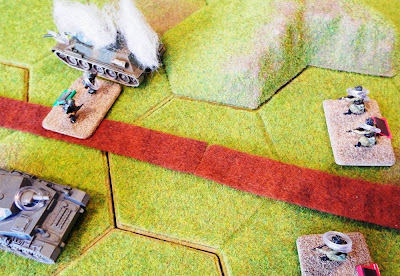The online version of the Oxford Dictionary defines 'ritual' as being:
I must explain that I am originally – and still remain – a Hertfordshire Mason. In Hertfordshire the 'Address' is always delivered by a senior Grand Officer (e.g. the Provincial Grand Master, his Assistant, or one of his Deputies) and as I do not occupy one of those important offices, I would not be expected to know it. In London things are done differently, and the 'Address' is usually delivered by someone who is a Past Master and relatively senior within a Lodge.
At present I know the opening part of the ritual ... and I know the end. It is the bit in the middle that I seem to be having trouble with ... and however much I try, I just cannot get the words to 'stick'. The ritual was written in the early part of the nineteenth century, and contains some long sentences with several clauses. This makes it difficult to learn, but I know that if I could get the rhythm of the words right, the rest will follow.
I intend to spend as much of today (and probably tomorrow as well) trying to learn this piece of ritual. In theory I could just read it out ... but I am now determined to learn it. It has become a mountain that I need to climb, if only for my own satisfaction!
NounNow I have never made a secret of the fact that I am a Freemason, and as such I regularly take part in Masonic rituals. On Monday I am attending a meeting of the London Lodge of which I am a member, and have a minor part to play in the ritual of Installing a new Worshipful Master as head of that Lodge. I have 'volunteered' to deliver what is know as 'The Address to the Brethren', which is the very last piece of the ritual of Installation. The problem is that despite all my efforts, I cannot seem to be able to learn it!
Adjective
- Religious or solemn ceremony consisting of a series of actions performed according to a prescribed order
- Prescribed order for performing a ritual ceremony, especially one characteristic of a particular religion or Church
- Series of actions or type of behaviour regularly and invariably followed by someone
- Relating to or done as a religious or solemn rite
- (Of an action) arising from convention or habit
I must explain that I am originally – and still remain – a Hertfordshire Mason. In Hertfordshire the 'Address' is always delivered by a senior Grand Officer (e.g. the Provincial Grand Master, his Assistant, or one of his Deputies) and as I do not occupy one of those important offices, I would not be expected to know it. In London things are done differently, and the 'Address' is usually delivered by someone who is a Past Master and relatively senior within a Lodge.
At present I know the opening part of the ritual ... and I know the end. It is the bit in the middle that I seem to be having trouble with ... and however much I try, I just cannot get the words to 'stick'. The ritual was written in the early part of the nineteenth century, and contains some long sentences with several clauses. This makes it difficult to learn, but I know that if I could get the rhythm of the words right, the rest will follow.
I intend to spend as much of today (and probably tomorrow as well) trying to learn this piece of ritual. In theory I could just read it out ... but I am now determined to learn it. It has become a mountain that I need to climb, if only for my own satisfaction!















































































































